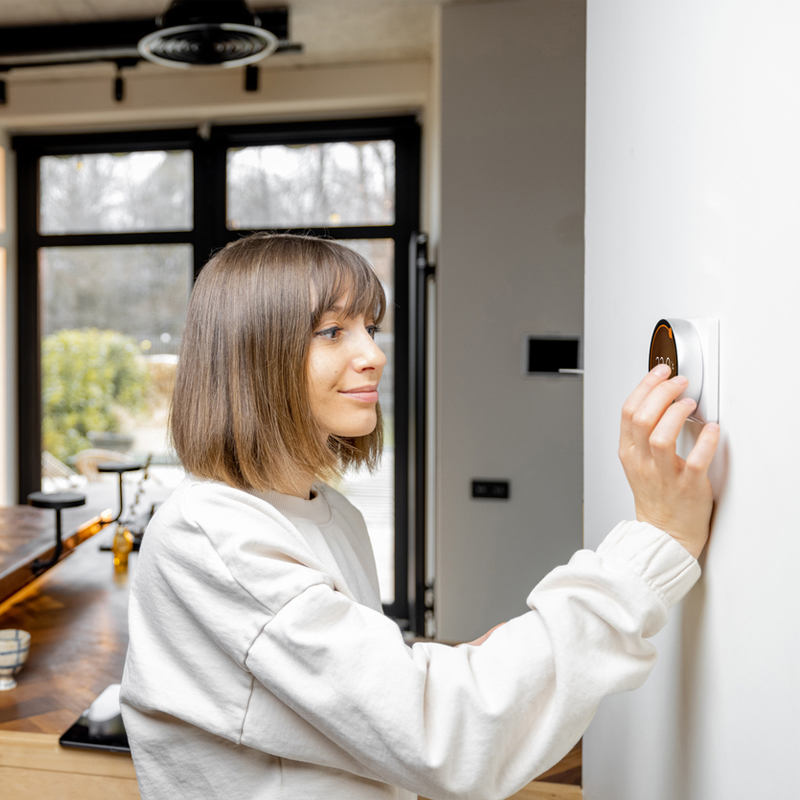Around this time last year, we shared a blog which looked at the many benefits of both Nest and Hive smart thermostats – the two smart thermostat systems that our engineers can install. Many of us are benefiting from smart heating in our homes, but may not know exactly how the technology behind the heating systems work. Here is how Nest and Hive smart thermostats learn how best to heat our homes:
The Nest Smart Thermostat possesses sensors which gather information on the outside temperature, indoor temperature, levels of humidity, whether someone is present indoors and even how much light from the sun comes into the house. This info is then used to decide how best to heat your home with minimum energy used.
It’s important to note that a Nest Smart Thermostat will take several weeks of manual use once first set up to gather enough info to start automatically making decisions on your household heating. The energy saving know-how of Nest excels when you are away from home for extended periods of time, as it will default to Eco Temperatures. These Eco Temperatures can be amended in the Settings on the Nest app.
There are sure to be some consumers who are concerned about Nest’s automatic learning and whether it is actually clever enough to heat our homes without using more energy than necessary. Thankfully with Nest, users can find reports by days and months that detail your home’s energy usage and gives suggestions on how to reduce it further.
Hive Smart Heating’s USP is the fact that it gives you control of your internal environment. But this doesn’t happen by chance – the Hive Smart Thermostat detects the internal temperature of your home and passes on these details to your boiler. Then, water is heated and distributed to the necessary places in your home to ensure the optimal temperature room by room. Some of the more advanced Hive models can even warm up your indoor spaces when it detects someone present.
Hive is slightly different to Nest in its learning due to it using three different tools to best heat the home. These three tools are a thermostat, a hub and a receiver. The thermostat controls your internal temperature, the same way a traditional thermostat does. The receiver is joined to the boiler and tells it when more heated water is required. And the hub acts as a remote control for your heating via the app.
If you prefer to take the heating controls away from Hive’s learning and into your own hands, you can set a variety of heating schedules and control this via a mobile or tablet connected to the internet.
Energy bills make up a large proportion of many of our monthly outgoings. In order to reduce this, it’s important to keep on top of how much your heating is costing every month. Thanks to smart thermostats like Hive and Nest, heating expenditure can be optimised through the use of internal temperature learning and remote heating controls. But it’s not just up to the technology to keep our bills lower – consider the tips in our previous blog ‘How to adjust your boiler to lower heating bills’.
Our friendly team are always on hand to help with your heating and plumbing requirements or challenges. If you have any questions about your boiler, smart heating or simply just how to cut your heating bills, contact us today. We’re happy to help.
